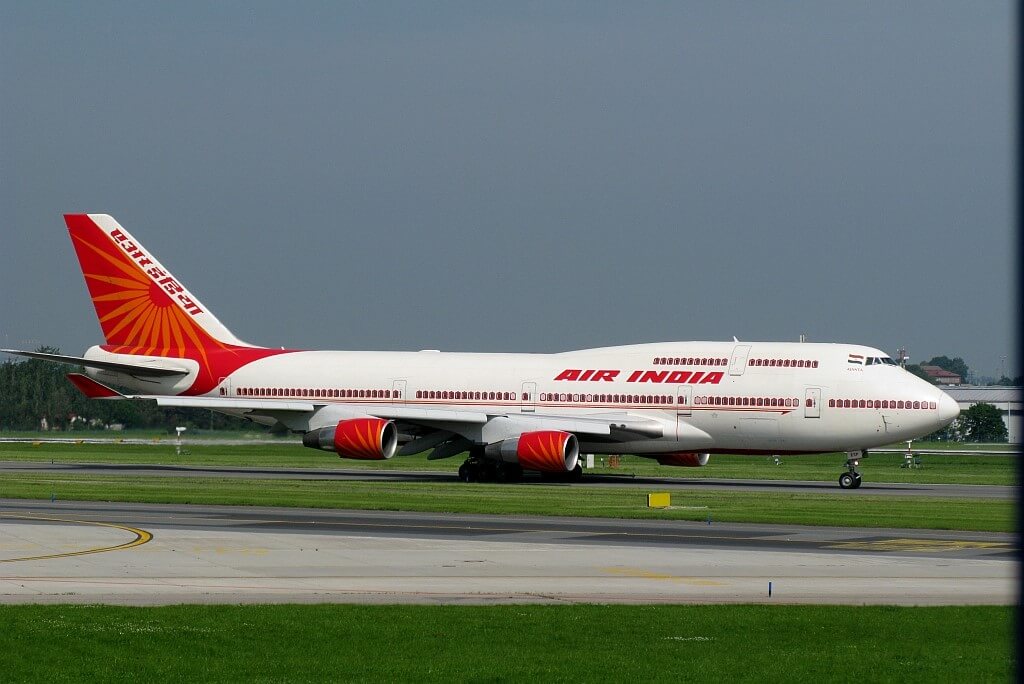Air India has reportedly sacked 48 pilots who had resigned the year before, but later withdrew their resignations. The unexpected firings have led to violations of “comical proportion”, union claims, saying some pilots operated flights for Air India after being laid-off.
As reported by India Today, 48 pilots who have put in their resignations as early as July 2019 and withdrew them within the lawful six-months notice period, have now received letters of termination from Air India. The termination was reportedly effective immediately on August 13, 2020.
The company cited the incurring of huge net losses due to the COVID-19 pandemic as the main reason for this sudden termination.
However, the Indian Commercial Pilots’ Association (ICPA) wrote a letter to Rajiv Bansal, the Chairman and Managing Director of Air India, arguing that the termination was “illegal” and a “blatant violation of Company’s Operation Manual and service rules.”
Allegedly, some pilots still operated flights on August 14 ‒ a day after they were officially fired. The letter has thus questioned the safety and ethics regarding the situation.
“The pilots who operated these flights were not technically employees of Air India from the close of office on 13.08.2020. This is a violation of comical proportion, not to mention a grave flight safety hazard,” the message reads.
What’s happening? Around 50 of our pilots have been terminated overnight unceremoniously without proper procedure being followed. A rude shock for those who served the nation in this pandemic putting the nation first. @airindiain @MoCA_GoI @HardeepSPuri @GuildPilots #notfairai pic.twitter.com/iD2f79LHAx
— Indian Commercial Pilots’ Association (@PilotsIndian) August 14, 2020
Additionally, the letter cited Air India’s tweet on July 23, 2020, which stated that staff costs were reviewed and that no employees would be laid off.
Recent decisions of AirIndia Board regarding rationalization of staff cost were reviewed in a meeting at @MoCA_goi this evening.The meeting reiterated that unlike other carriers which have laid off large number of their employees,no employee of AirIndia will be laid off. (1/3)
— Air India (@airindiain) July 23, 2020
In a statement on August 15, 2020, Air India said that these pilots were seeking “greener pastures” and resigned due to “financial constraints.” The company also noted that some of the pilots later on had withdrawn their resignations. “Air India no longer requires the services of these pilots and has now accepted their resignations.”
However, Air India has refused to comment further as some of the relieved pilots had taken the matter to the High Court, rendering the matter sub judice.

